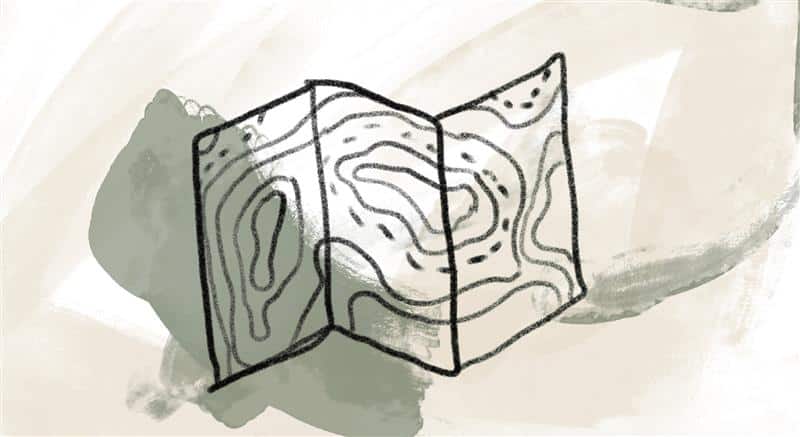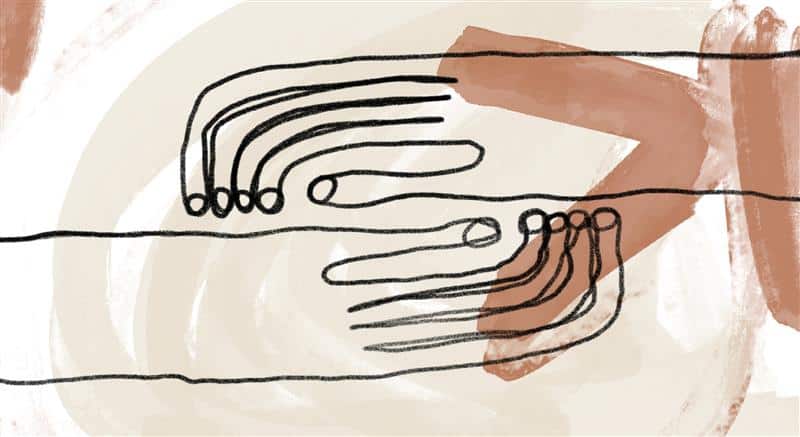
Sunday
Prophets are concerned above all with transformation and freedom of the heart, and then out of that free heart, the prophet says, “Listen.” —Richard Rohr
Monday
We can look at the life of Jesus to see what God asks of us…. The world saw a veritable miracle unfolding before its very eyes as all sorts and conditions of women and men, rich and poor, slave and free, Jew and Gentile—all these came to belong in one fellowship, one communion.
—Desmond Tutu
Tuesday
When we can imagine only one way to be happy, we don’t recognize the fullness and possibilities of the moment. We collapse if our one way is taken away from us. That’s the power of the prophets—to recognize that there is always another way for the promise to be fulfilled, another way for Divine Love to reach us.
—Richard Rohr
Wednesday
This is what Jesus did—face his world fully and honestly, not shying away from the suffering or the disquieting demands that it would make on him. We need a faith now that can help us face this world that we have made … and help us find a way through and beyond it.
—Margaret Swedish
Thursday
God seems to be calling us to suffer the whole of reality, to remember the good along with the bad. Perhaps that is the course of the journey toward new sight and new hope.
—Richard Rohr
Friday
As hope, the hidden spring of mercy deep within us, is released in that touch and flows out from the center, filling us with the fullness of God’s own purpose living itself into action, then we discover within ourselves the mysterious plentitude to live into action what our ordinary hearts and minds could not possibly sustain.
—Cynthia Bourgeault
Week Forty-One Practice
We Are Still Here
Generations come and generations go, but the earth never changes. The sun rises and the sun sets, then hurries around to rise again. The wind blows south, and then turns north. Around and around it goes, blowing in circles. Rivers run into the sea, but the sea is never full. Then the water returns again to the rivers and flows out again to the sea.
—Ecclesiastes 1:4–7, New Living Translation
Theologian Randy Woodley reflects on how we can learn from the sustained hope of Indigenous communities:
Throughout Indian country, one phrase rings true. No matter where you go, “We are still here!”
We are still here. It may not seem like such a profound statement. At first, anyway. But given the numerous attempts at cultural assimilation and genocide that have decimated many Native American populations by 95 percent since 1492—and given that Indigenous people still have some of the worst living conditions on Turtle Island—the statement means a lot. “We are still here” speaks directly to the hope that remains in America’s First Nations.
In Indian country, any hope is good hope. This hope—sustained through poverty, racism, poor housing, chronic disease, and a host of other maladies—is not based on utopianism. The earned hope of which I speak is built on a spirituality of relationship with the land and with all living creation and on respect for elders who sacrificed to give the generations to follow them a future….
This very real hope recognizes that Earth endures and that we can still do enough to reverse the damage done. After all, the Earth is much stronger and more resilient than any human being. Although human beings are a part of the Earth, we may be the most expendable. This gives me pause—as well as a much longer view of our history and our future.
I think Mother Earth is going to be OK in the end. I just hope we will be here long enough to see it. Although it might make us feel pretty insignificant, another way to turn the phrase is this: “We are still here … for now. But the Earth remains forever.”
Reference:
Randy Woodley, Becoming Rooted: One Hundred Days of Reconnecting with Sacred Earth (Minneapolis, MN: Broadleaf Books, 2022), 57–58.
Image credit: A path from one week to the next—Alma Thomas, White Daisies Rhapsody (detail), 1973, acrylic on canvas, Smithsonian. Alma Thomas, Snoopy—Early Sun Display on Earth (detail), 1970, acrylic on canvas, Smithsonian. Alma Thomas, Snow Reflection on Pond (detail), 1973, acrylic on canvas, Smithsonian. Click here to enlarge image.
A rainbow hope, curved and welcoming, bends toward the horizon.




